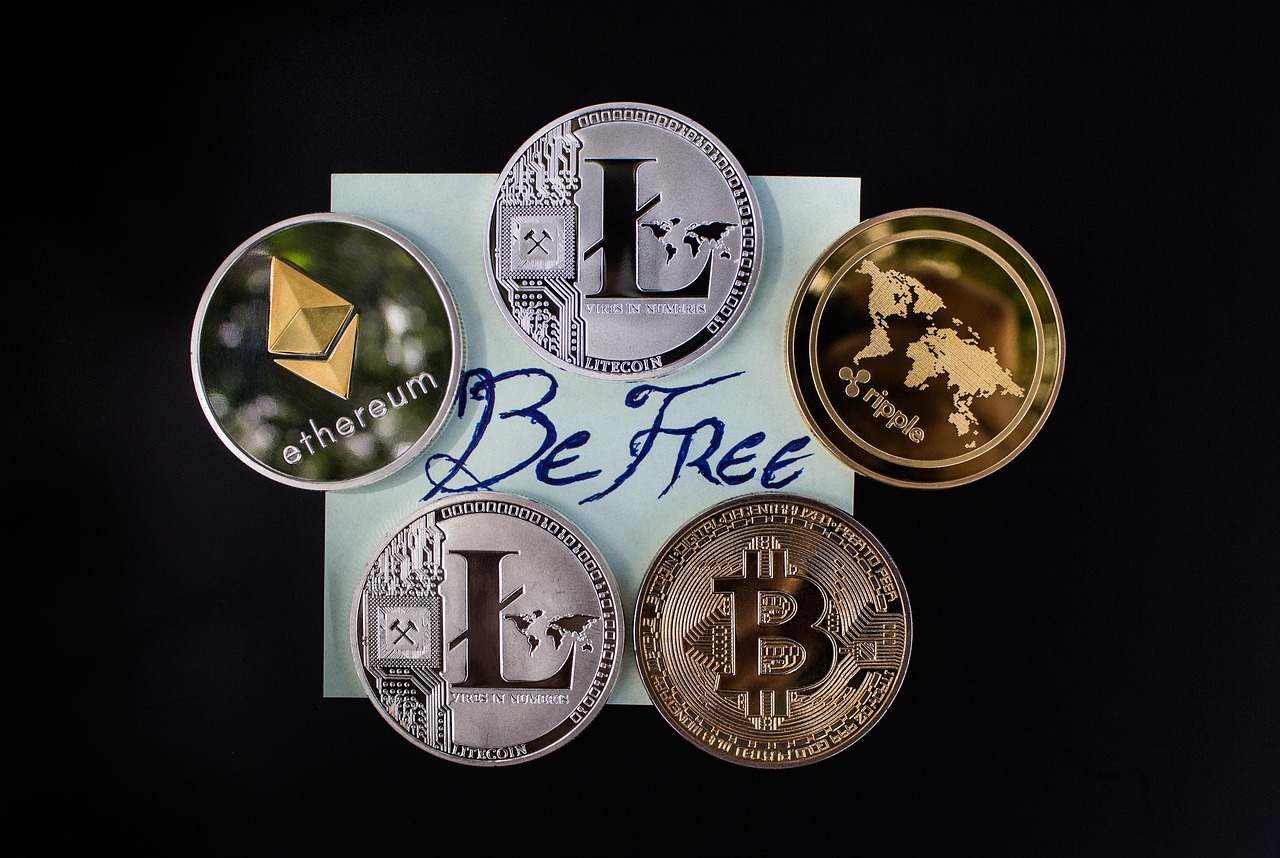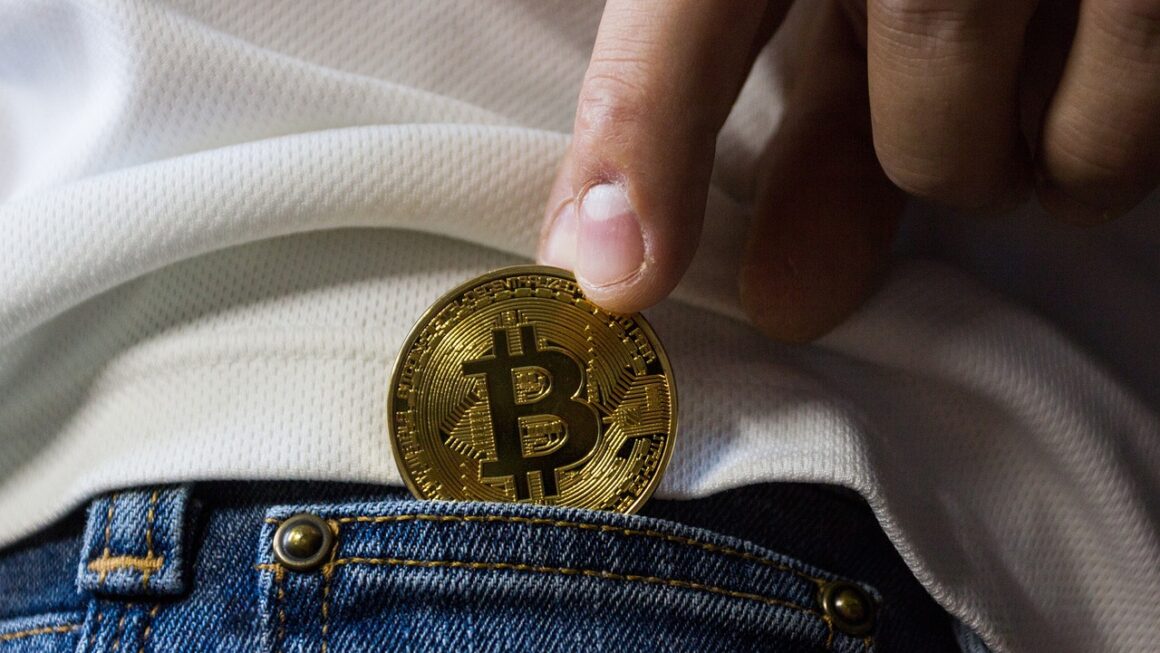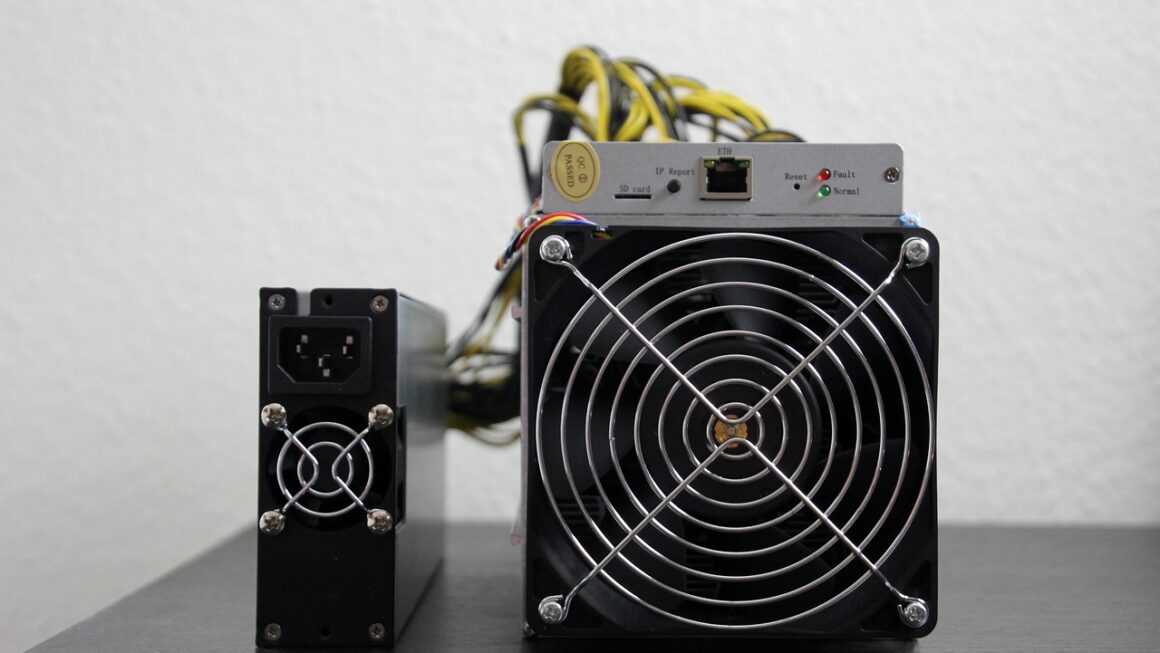NFTs, or Non-Fungible Tokens, have exploded into the mainstream consciousness, transforming the art world, gaming industry, and even reshaping how we think about ownership. But what exactly are NFTs, and why are they causing such a stir? This comprehensive guide will delve into the world of NFTs, exploring their underlying technology, use cases, and potential impact.
Understanding NFTs: The Basics
NFTs are more than just digital images you see circulating online. They represent a revolutionary way to prove ownership of unique digital assets.
What Makes an NFT Non-Fungible?
The term “non-fungible” is crucial. It means that each NFT is unique and cannot be replaced by something else. Think of it like a one-of-a-kind trading card.
- Contrast with Fungible Tokens: Bitcoin, for example, is fungible. One Bitcoin is exactly the same as any other Bitcoin. You can trade them interchangeably.
- Unique Identifiers: NFTs have unique identifiers, stored on a blockchain, that differentiate them from any other token. This identifier acts as a certificate of authenticity and ownership.
How NFTs Work on the Blockchain
NFTs are typically created and stored on a blockchain, most commonly the Ethereum blockchain.
- Blockchain as a Ledger: The blockchain acts as a public, immutable ledger recording all transactions related to the NFT.
- Smart Contracts: NFTs are often associated with smart contracts, which are self-executing contracts written in code. These contracts can define the NFT’s properties, royalties, and other rules.
- Ownership Verification: Because the blockchain is decentralized and transparent, ownership of an NFT can be easily verified by anyone.
Practical Example: Digital Art Ownership
Imagine a digital artist creates a unique piece of artwork. They can “mint” an NFT representing that artwork on a blockchain. This NFT now represents verifiable ownership of that specific piece. When the NFT is sold, the transaction is recorded on the blockchain, transferring ownership to the new buyer. The artist can even program a royalty into the smart contract, ensuring they receive a percentage of future sales.
The Diverse World of NFT Use Cases
NFTs extend far beyond just digital art. They have a wide range of applications across various industries.
Digital Art and Collectibles
This is the most well-known use case.
- Digital Art: Artists can sell their work directly to collectors, bypassing traditional galleries and intermediaries.
- Collectibles: Trading cards, virtual pets, and other digital collectibles can be tokenized as NFTs, offering verifiable scarcity and ownership.
- Examples: CryptoPunks, Bored Ape Yacht Club, Beeple’s “Everydays: The First 5000 Days”
Gaming and Virtual Worlds
NFTs are revolutionizing the gaming industry.
- In-Game Assets: Players can own and trade in-game items as NFTs, such as weapons, skins, and virtual land.
- Interoperability: NFTs can potentially be used across different games, allowing players to transfer their assets.
- Play-to-Earn (P2E) Games: Games like Axie Infinity use NFTs to reward players with tokens for their gameplay, creating a new economic model.
Music and Entertainment
NFTs are changing how artists connect with their fans.
- Music NFTs: Artists can release songs, albums, or exclusive content as NFTs, offering fans unique access and experiences.
- Ticketing: NFTs can be used to verify tickets to events, preventing fraud and offering unique perks to attendees.
- Fan Engagement: Artists can use NFTs to create exclusive communities and reward loyal fans.
Real Estate and Physical Assets
NFTs can even represent ownership of physical assets.
- Tokenized Real Estate: NFTs can represent fractions of real estate properties, making it easier to buy and sell ownership.
- Supply Chain Management: NFTs can be used to track the provenance of goods, ensuring authenticity and preventing counterfeiting.
Buying, Selling, and Creating NFTs
Getting involved with NFTs requires understanding the process of buying, selling, and creating them.
NFT Marketplaces
Several online marketplaces specialize in buying and selling NFTs.
- OpenSea: The largest NFT marketplace, offering a wide variety of NFTs.
- Rarible: A community-governed marketplace that allows users to create and sell their own NFTs.
- SuperRare: A curated marketplace focusing on high-quality digital art.
- Foundation: Another curated platform for digital artists.
Creating (Minting) NFTs
The process of creating an NFT is called “minting.”
- Choosing a Blockchain: The first step is to choose a blockchain to mint your NFT on (e.g., Ethereum, Solana, Polygon).
- Selecting a Platform: You can use various platforms to mint NFTs, such as OpenSea, Rarible, or dedicated minting services.
- Uploading Your Asset: You’ll need to upload the digital asset you want to tokenize (e.g., image, video, audio).
- Setting Metadata: You’ll need to add metadata to your NFT, such as its name, description, and properties.
- Paying Gas Fees: Minting an NFT usually involves paying “gas fees” to the blockchain network to process the transaction.
Security Considerations
- Protect Your Wallet: Use a secure cryptocurrency wallet and keep your private keys safe.
- Beware of Scams: Be cautious of fake NFT projects and phishing scams.
- Do Your Research: Thoroughly research any NFT project before investing.
The Future of NFTs: Potential and Challenges
NFTs are still a relatively new technology, and their future is uncertain. However, they have the potential to revolutionize several industries.
Potential Benefits
- Empowering Creators: NFTs give creators more control over their work and allow them to connect directly with their fans.
- New Revenue Streams: NFTs can create new revenue streams for artists, musicians, and other creators.
- Decentralized Ownership: NFTs offer a decentralized and transparent way to prove ownership of digital assets.
- Innovation and Creativity: NFTs are driving innovation and creativity in the art world, gaming industry, and beyond.
Challenges and Concerns
- Environmental Impact: Some blockchains, like Ethereum (prior to its switch to Proof-of-Stake), have a significant environmental impact due to their energy consumption. However, many NFTs are now minted on more eco-friendly blockchains like Solana and Polygon.
- Regulation: The regulatory landscape for NFTs is still evolving, which could create uncertainty for businesses and investors.
- Speculation and Volatility: The NFT market can be highly speculative and volatile, leading to significant price swings.
- Accessibility: The technical barriers to entry for creating and trading NFTs can be high for some users.
Conclusion
NFTs represent a groundbreaking technology with the potential to transform various industries. While challenges and concerns remain, the benefits of decentralized ownership, new revenue streams for creators, and increased innovation are undeniable. As the NFT space continues to evolve, it’s crucial to stay informed and understand the risks and opportunities involved. Whether you’re an artist, collector, gamer, or simply curious about the future of digital ownership, NFTs are a trend worth watching.




